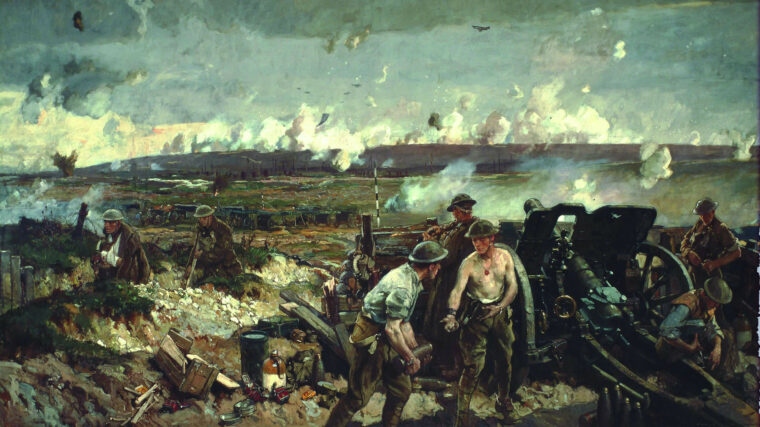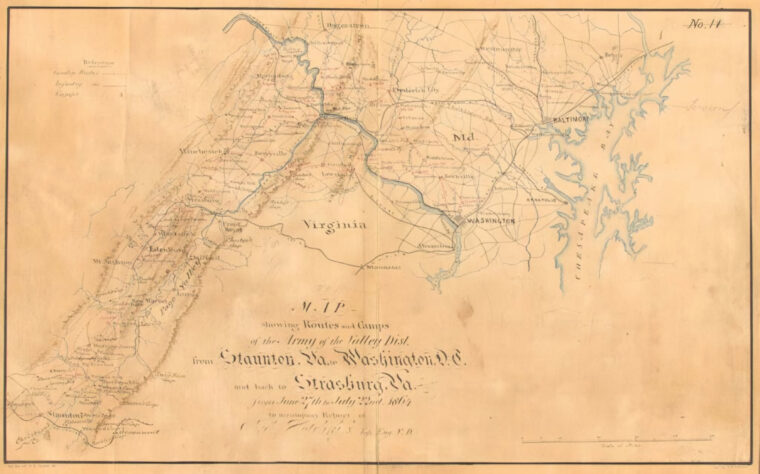
Leclerc: Free France’s Greatest General
By William G. DennisGéneral d’ Armée Jacques-Philippe Leclerc’s service to France during World War II made him one of the few heroes to be admired by the whole country. Read more

Géneral d’ Armée Jacques-Philippe Leclerc’s service to France during World War II made him one of the few heroes to be admired by the whole country. Read more

It was December 1808, and the French Army was struggling though the 4,500-foot Sierra de Guadarrama Mountains in central Spain. Read more

During the decade of the U.S. Army’s experiment with gliders in war, nearly as many glider pilots died in training as they did in combat. Read more

All wars give rise to change and innovation. In the early years of the 20th century, a short but nasty territorial war erupted between Russia and Japan. Read more

Students of World War II know the name Percy Hobart—a British general who raised and trained several armored divisions and who invented all sorts of unique and unusual weapons of war—swimming tanks, flail tanks (for exploding landmines), a flame-throwing tank, a tank that laid down its own roadway, and many other odd-but-useful devices. Read more

Rodrigo Diaz de Vivar, a Castilian mercenary who served Christian kings and Muslim emirs alike in late 11th-century Spain, was born in 1043 in the village of Vivar, about six miles north of the city of Burgos. Read more

The African American Tuskegee Airmen took the fight to a well-trained and deadly enemy with a ferocity and tenacity that World War II aerial combat required. Read more

The chase was on in early autumn 1950. The North Korean People’s Army, after its invasion of South Korea, fell back north with United Nations’ forces in close pursuit following the Battle of Inchon the previous month. Read more

I’ve always had a soft spot in my heart for prop-driven airplanes, especially World War II warbirds. I guess it began when my parents took me to an airshow back in the early 1950s. Read more

While the sword usually comes to mind first when one thinks of edged weapons, it was not actually the first such weapon—the knife was. Read more

Amphibious landing craft carrying U.S. Marines plunged through heavy surf toward the beaches of Peleliu Island, a formerly inconspicuous tropical paradise in the Palau Islands. Read more

“A hitherto unknown race of men had appeared from some remote corner of the earth, uprooting and destroying everything in its path like a whirlwind descending from high mountains” wrote Ammianus Marcellinus, a 4th century AD Roman officer and historian. Read more

John Hurst Edmondson, known to his friends as Jack, died April 14, 1941, lying on the concrete floor of a sand-swept fighting outpost in the perimeter around Tobruk, Libya. Read more

After his exploratory expedition to the Shenandoah Valley in 1716, Virginia Governor Alexander Spotswood encouraged Germans and Dutch farmers residing in eastern Pennsylvania to settle the region when he found Virginians in the Tidewater and Piedmont regions of his state initially reluctant to settle beyond the Blue Ridge Mountains. Read more

French Marshal Michel Ney found himself outmatched in a clash of arms with a Swedish-Prussian army at Dennewitz 40 miles southwest of Berlin on September 6, 1813. Read more

Private Bruce Fenchel was writing a letter home when his first sergeant burst into the barracks room. “Pack your duffel bags and get ready to roll,” the NCO said ominously. Read more

French King Louis XIV first standardized uniforms in 1657 when the king gave the companies of Masion du Roy blue uniforms. Read more

It became glaringly apparent to the German Wehrmacht in 1943 that it needed a solution to the threat of heavily armored British and Russian tanks whose armor proved too thick for German towed anti-tank guns. Read more

Confederate infantry on the northeastern outskirts of Port Republic in the Shenandoah Valley charged up the slopes of a ravine on June 9, 1862, against Union artillery that had been ravaging their ranks all morning. Read more

“In the early hours of 8 February 1945, I climbed into my command post, which consisted of a small platform halfway up a tree,” Lt. Read more